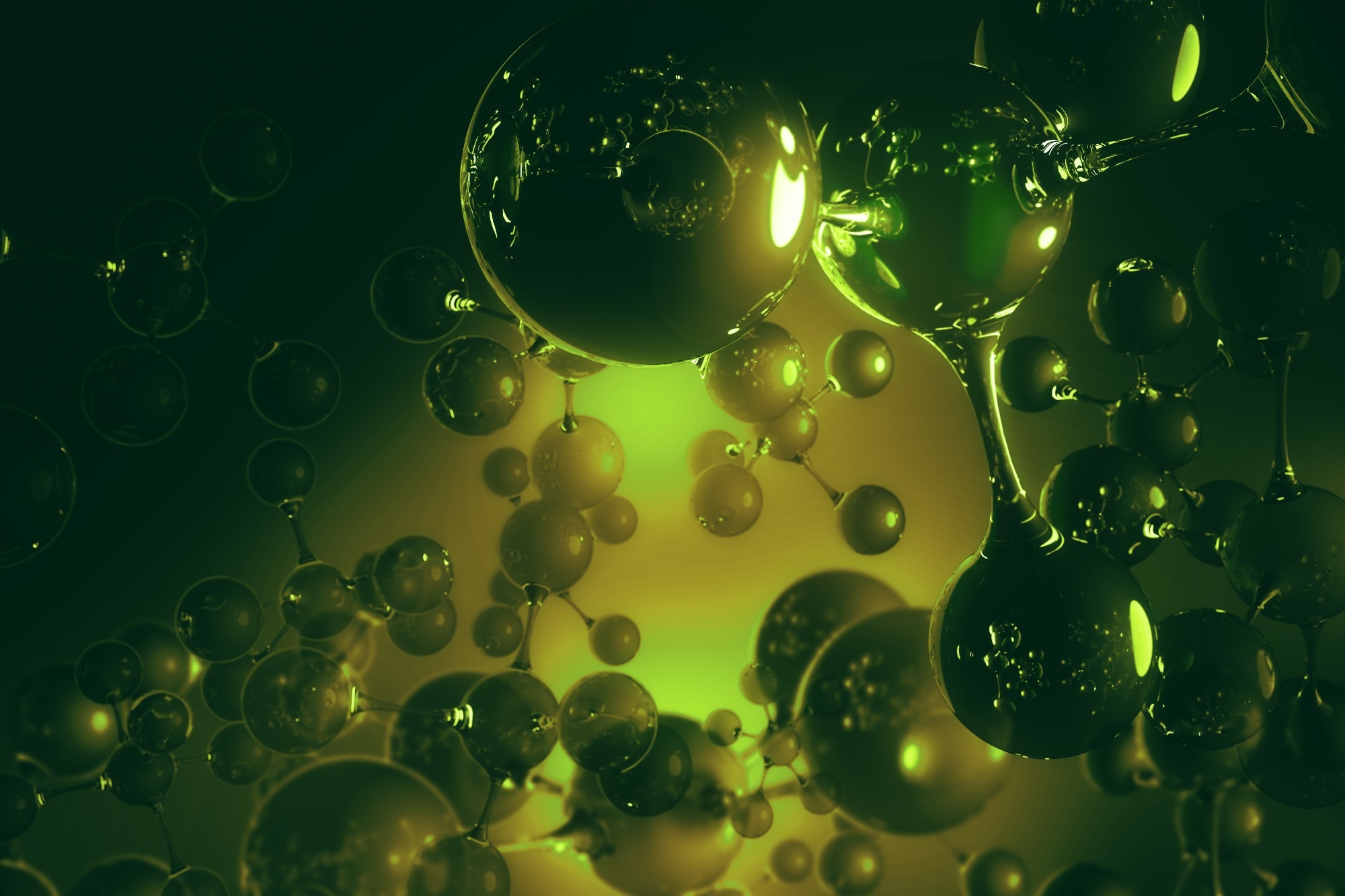A new review reveals how plant- and microbe-derived nanoparticles can power next-gen water disinfection, delivering cleaner, safer water without the environmental cost of traditional treatments.
 Image Credit: Golden Dayz/Shutterstock.com
Image Credit: Golden Dayz/Shutterstock.com
A recent review published in Nanomaterials highlights the potential of green-synthesized nanomaterials (GSNMs) in advancing safer and more sustainable water disinfection methods. The article explores how these materials are produced, how they act against harmful microorganisms, and their environmental implications.
As the global demand for clean water grows, this review positions GSNMs as a promising alternative to conventional disinfection systems like chlorination and UV, which are increasingly challenged by microbial resistance and harmful byproducts.
Rethinking Water Treatment with Nanotechnology
Conventional disinfection methods have served the industry for decades, but have several well-known drawbacks, such as limited effectiveness against resistant strains and chemical residues.
GSNMs offer an alternative remediation strategy, using the inherent antimicrobial properties of nanoscale materials, such as silver, zinc oxide, and titanium dioxide, while avoiding toxic solvents or harsh reagents during synthesis.
Such nanomaterials are usually produced using natural agents like plant extracts, fungi, or bacteria. This “green” approach avoids hazardous waste and also frequently results in enhanced particle functionality and stability.
By relying on renewable, low-impact materials, these syntheses align closely with broader sustainability goals, potentially lowering production costs and improving environmental safety.
Significance of the Review
The review surveyed a wide range of studies on how GSNMs are synthesized, how they inactivate bacteria, and how they might be implemented across different water treatment systems.
Three synthesis routes are commonly used: plant-mediated, microbial-assisted, and biopolymer-based. Each offers unique benefits in terms of particle characteristics and ease of production.
Studies have shown that the resulting nanoparticles exhibit strong antimicrobial activity, with silver nanoparticles frequently highlighted for their efficacy even at low concentrations.
To measure efficacy, researchers analyzed results from prior studies using standard microbiological assays, including minimum inhibitory concentration (MIC) and time-kill studies.
Many of these studies reported over 99.9 % bacterial reduction within 30 minutes at concentrations as low as 10 to 20 micrograms per milliliter. Smaller nanoparticles, in particular those under 20 nanometers, were particularly effective at penetrating microbial cells and causing cellular damage.
Mechanistically, the antimicrobial action of GSNMs is driven by several factors.
Factors include direct disruption of bacterial membranes, the generation of reactive oxygen species (ROS), and the slow release of metal ions that interfere with cellular processes.
Properties such as surface charge and particle morphology also play a key role in determining how well the materials interact with microbial cells. Because these nanomaterials are synthesized without toxic reactants, many have improved biocompatibility and reduced risk to non-target organisms.
Practical Applications and Industry Implications
GSNMs could enhance water treatment technologies in several ways. They can be embedded in filters or membranes to provide contact-based microbial inactivation, offering immediate protection and resistance to biofouling.
In photocatalytic systems, GSNMs can break down organic pollutants when exposed to natural sunlight, reducing reliance on chemical additives or energy-intensive processes. These capabilities make them particularly suitable for decentralized treatment setups, including in rural or low-infrastructure areas where robust, low-maintenance solutions are needed.
The integration of GSNMs into existing treatment platforms could improve both performance and longevity, working as a cost-effective upgrade path without requiring significant changes to infrastructure.
Their ability to inactivate a broad spectrum of microbes while also addressing chemical pollutants positions them as a versatile tool in the treatment chain.
Challenges and Considerations
While the review highlights clear advantages, it also emphasizes the limitations that must be addressed before these materials see widespread adoption.
The long-term environmental impacts of GSNMs, particularly their behavior in complex aquatic environments and potential for bioaccumulation, are largely unknown and remain areas of active investigation.
More standardized testing protocols are needed to assess safety, efficacy, and life cycle impacts across varied operating conditions.
Scalability is another consideration. Although lab-scale studies show strong results, industrial-scale production must meet cost, consistency, and regulatory demands.
Further research into green synthesis at scale, along with robust risk assessments, will be essential in moving GSNMs from promising concept to practical implementation.
Conclusion: A Smart, Sustainable Opportunity
GSNMs are not a drop-in replacement for all disinfection needs, but they offer real value where sustainability, safety, and flexibility are priorities. With further development, they could fill critical gaps in the water treatment landscape, particularly for decentralized or small-scale systems that require low-toxicity, high-efficacy solutions.
For water industry professionals, researchers, and technology developers, GSNMs represent a smart intersection of nanotechnology and environmental responsibility. They may not replace conventional methods outright, but they can strengthen the sector’s ability to deliver clean water more safely and sustainably, provided future studies confirm their long-term safety and performance in real-world settings.
Journal Reference
Ferdush, J., et al. (2025). Green-Synthesized Nanomaterials for Water Disinfection: Mechanisms, Efficacy, and Environmental Safety. Nanomaterials, 15(9), 1507. DOI: 10.3390/nano15191507, https://www.mdpi.com/2079-4991/15/19/1507

